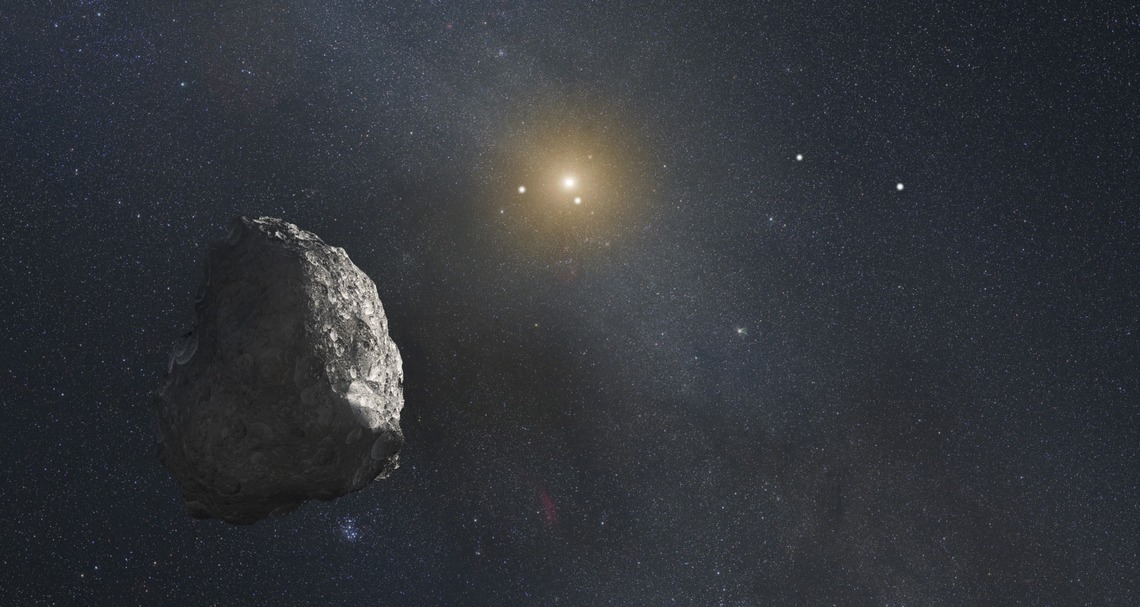Discover Distant Icy Worlds with the Catalina Sky Survey!

TNO artist rendering (G. Bacon / NASA-ESA / STScI)
For nearly two decades the University of Arizona’s NASA-funded Catalina Sky Survey (CSS) has been the planet’s pre-eminent observational program searching for near-Earth asteroids. Today, CSS has launched a new citizen science project, the ‘Catalina Outer Solar System Survey’ (COSSS) in the search for distant and elusive Trans-Neptunian Objects (TNOs). Though orbitally benign compared to near-Earth asteroids, TNOs are exotic, ancient and scientifically important small bodies found orbiting along the icy edges of the outer solar system. Composed of various mixtures of both rock and icy compounds, TNOs constitute some of the most primitive bodies within our solar system, preserving pristine compounds including water, methane, and organic molecules, all formed from the earliest history of our solar system. Now, CSS has made it possible for inquisitive and adventurous citizen scientists of all ages to engage in the search and discovery process for these fascinating worlds.
The COSSS project, available through the Zooniverse platform makes use of CSS’s massive image archive database compiled over many years of near-nightly observations. Since TNOs are incredibly distant, their motion across the night sky appears extremely slow, therefore requiring comparisons of images acquired over a few months’ time, compared to only minutes separating images in the search for near-Earth asteroids. The COSSS project applies a new moving object detection process that filters through the images and automatically detects TNO candidates. The final step is for citizen scientists to validate any real objects from the false detections that inevitably arise from combinations of background stars, noise in the images, and cosmic rays. Sophisticated algorithms automatically identify moving objects, but final validation still requires humans to discern the real signals from the false ones, and COSSS provides a simple computer interface and tutorial process for users to become quickly proficient. This is where new discoveries and will be made, in addition to adding new measurements for known TNOs. While new discoveries are apt to result from hard-won user efforts, ‘re-discovering’ previously known TNOs helps to extend and refine their orbits, and is a highly beneficial contribution to the tracking process.
The COSSS project was developed by CSS astronomer Carson Fuls who spent two years carefully designing and testing custom software and building the web interface on the Zooniverse platform. Fuls saw the potential for discovery and tracking of TNOs using CSS’ massive archive image database, and also recognized the need to share the validation workload, and especially the thrill of discovery with an active citizen scientist community. Thanks to his hard work and dedication, the Catalina Sky Survey now welcomes everyone to learn more about TNOs and the farthest reaches of our solar system, and help the planetary science community discover and track these far-flung icy worlds.
The Catalina Sky Survey is based at the Lunar and Planetary Laboratory in the University of Arizona’s Planetary Science Department. CSS is a NASA funded project whose dedicated mission is to discover and track near-Earth objects.



